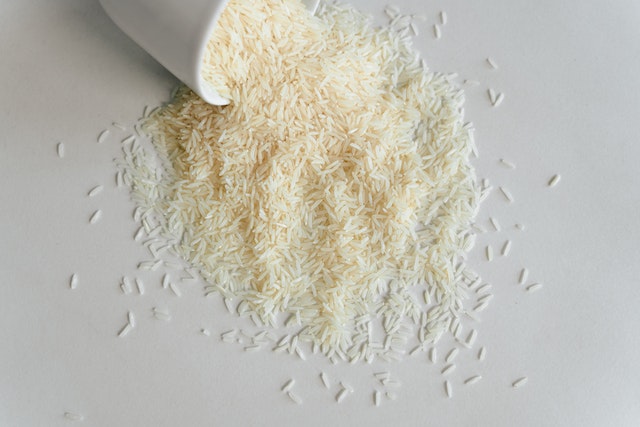Theme:
- On 20th July 2023, India banned the export of non-basmati rice.
Reason for the rice export ban:
- Some regions of India witnessed less rainfall, which resulted in less rice planting in India when compared with last year. Some other areas of the country experienced extreme flooding which ruined crops. As a result, overall rice sowing in the country has gone down. Hence, rice prices have increased in some regions of the country.
- So, to ensure enough availability of rice for domestic consumers and to prevent price rises, India banned the export of non-basmati rice.
Consequences:
- Many countries including Nepal, Bangladesh, Madagascar, Benin, Kenya, Ivory Coast, Malaysia, Vietnam, and UAE import rice from India. Countries, which are very much dependent on India for rice may witness a rise in rice prices.
- This move can ensure adequate availability of rice for domestic consumers and also can prevent the price rise in the coming days.
- India’s rice export ban caused panic buying of rice in the US. The US imports only 20% of its rice requirements from India. It sources the other 80% from a few other countries including Thailand. But the panic buying of rice in the US by NRIs can be due to the fear of the non-availability of rice in the coming days in the US, and also perhaps the NRIs’ preference for rice from Indian brands.
Conclusion:
The rice export ban is necessary to ensure adequate availability of rice for domestic consumers. As a consequence, few other countries may witness a rise in rice prices.
Your Turn…
What are your thoughts on the rice export ban? Express your point of view through the comment section below. And subscribe to our blog to read answers to the trending GD topics.
Photo by MART PRODUCTION
References:
-
Who does India’s rice export ban impact the most? by Jasmin Nihalani.
Copyright @ Group Discussion Ideas.

